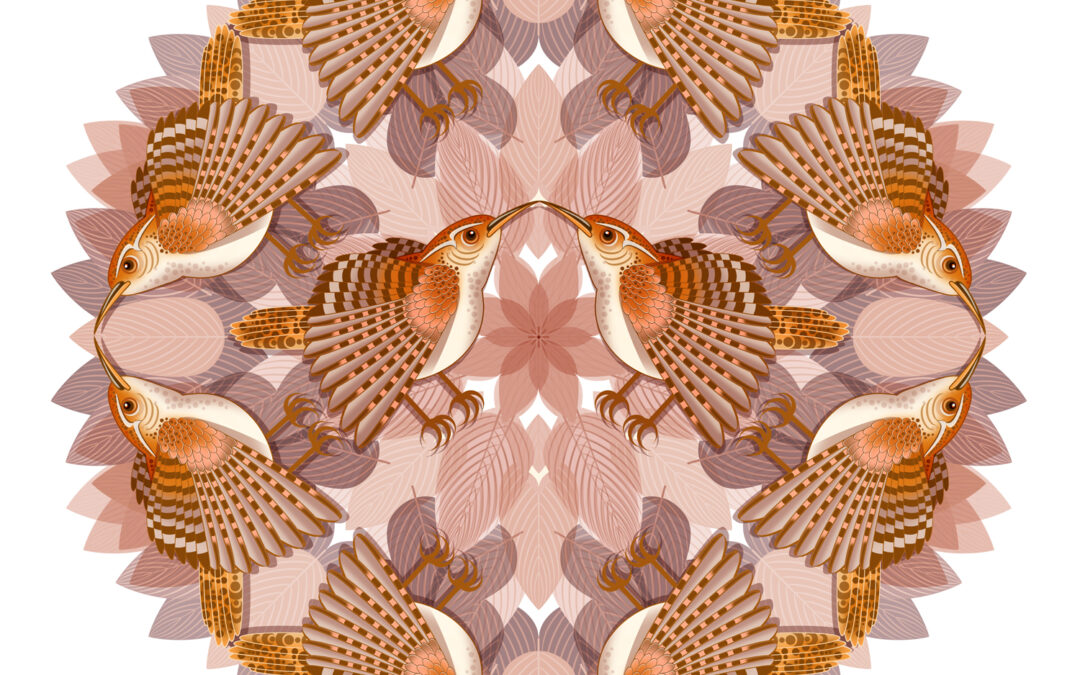I was out in my yard yesterday morning and happened to watch a truck drive down the street; a little wren was hit by the truck and killed. The bird was lifeless. I cupped the bird in my hand, carefully cradled it, and spread its wing feathers, and, focused on the moment. I found a spot in my garden and laid the little wren to rest. Carolina wrens generally pair bond for life and may visit the same nests that they have used together in prior years. I was struck profoundly by this moment.
Seeming to be fearless, these small stubby birds are always ready to stand up to any bird-bully in its neighborhood. They are quick to announce in noisy chatter “Not in my territory, stay away from my mate, hey that food is mine!” They also sneak and creep at a quick pace through the underbrush of tangled twigs and leaves in search grasshoppers, beetles, spiders, and ants.
The Carolina wren is a busy little bird full of commotion and motion! Its behavior is like that of a two-year old child, always on the go with a deep well of energy. Years ago I read an article about Jim Thorpe, the famous Olympic athlete, agreeing to a publicity stunt to mimic every move and motion a toddler could make. Thorpe had to quit the task after a couple of hours, exhausted. It seems that toddlers and wrens have a lot in common, they can be ever mobile mighty mites!
My late uncle Bud was an ornithologist who lived in Wisconsin when I was a boy. He would bring his family to visit us for a week in Indiana during the summers. Some evenings he would set out metal cages with food to catch birds that he would band and release unharmed the following morning. Bird banding allows scientists working together locally, regionally and even globally to record bird locations, track their travel, assess their numbers, body sizes, health and better understand the habitats in which they live. The customary birds for my state were found in cages most mornings like blue jays, cardinals, and sparrows but sometimes an unusual bird like a screech owl was seen huddled in wait of release. Some afternoons my uncle would take my cousin Jenny and me on walks in my neighborhood to listen to singing birds. Most times birds are unseen and only identified by their distinctive songs. We would stand attentively, only as long as 9-year and a 7-year old could, and listen for their sweet notes. One day, a bird far out of its primary marsh habitat thrilled my Uncle Bud. From its distinctive vocalese, it was identified as a black-crowned night heron. He was quick to tell my entire family about “our” wonderful find that day. His shared infectious excitement for nature lives on in me today.
At the moment as I write this entry, I hear multiple sweet notes out in my yard made by my resident Carolina little brown wrens. This wren mandala is in celebration of all that nature provides in these moments, in those we have with others, and in our own solitude as we wander with wonder in our lives. I send my best!

